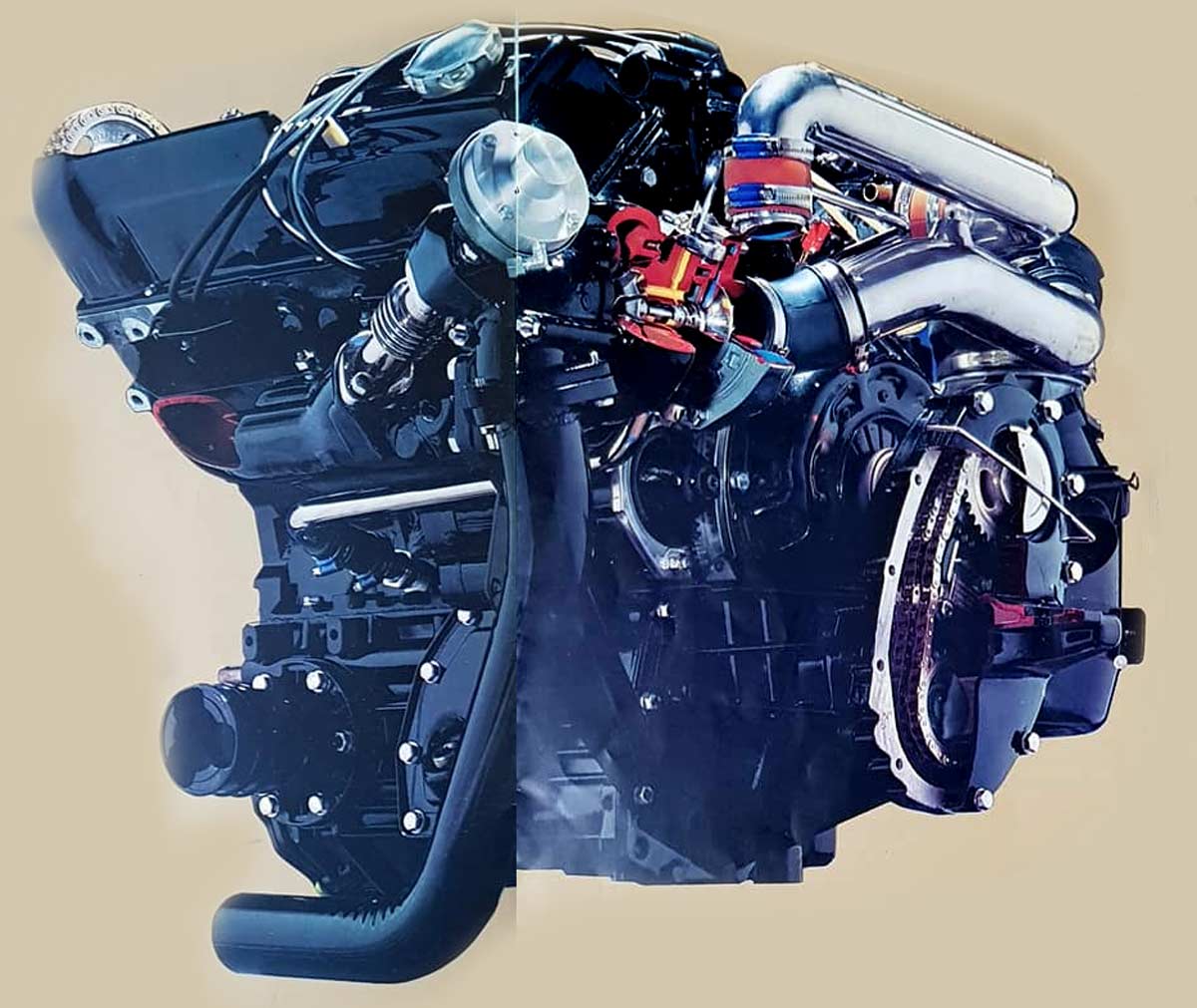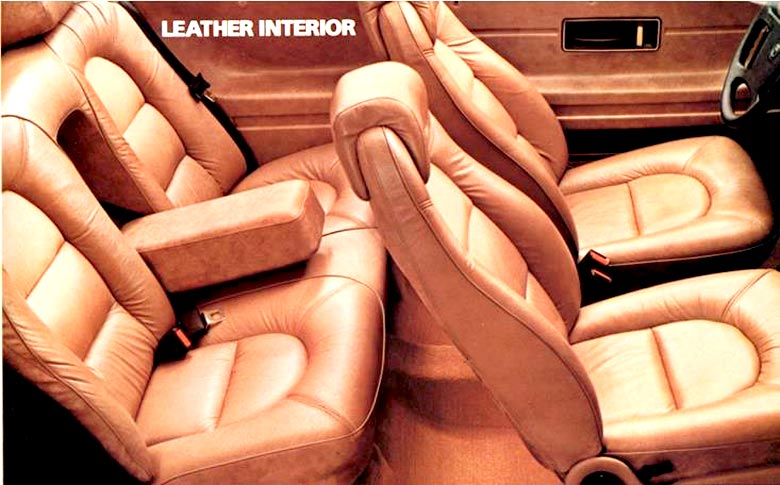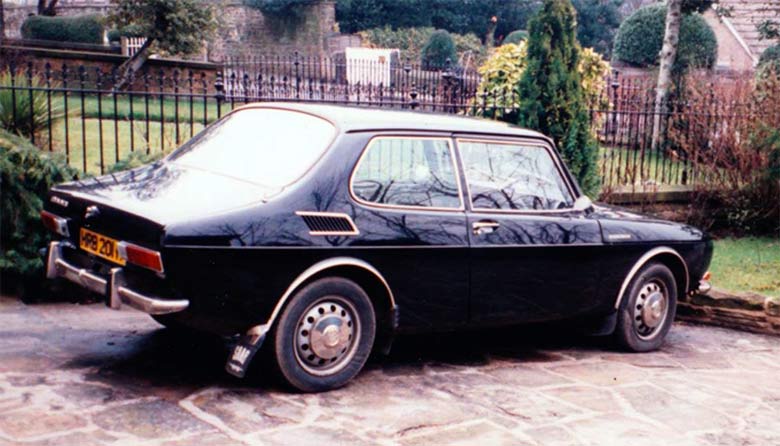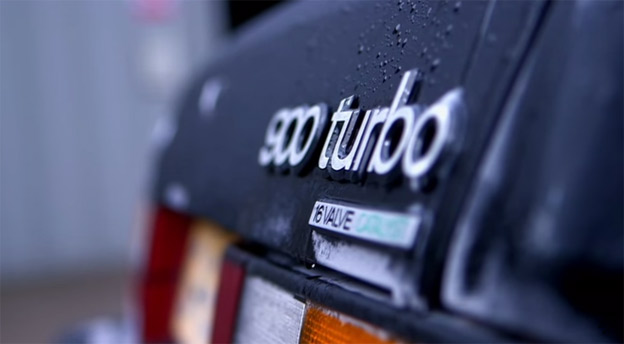“The Saab Turbo is exhilarating to drive, it’s so much fun, the price is irrelevant…” – this is what a journalist from a famous car magazine “Road & Track” once wrote after a test drive of the famous Saab 99 Turbo car.
Making its world debut at the Frankfurt auto show in September 1977, the 99 Turbo instantly became one of the most emblematic cars in Saab’s entire history. Just at that time, Saab wrote the following in the promotional material – there is no shortage of fast car, but hardly any are as safe in overtaking as the Saab Turbo.
Table of Contents
The overtaking is safer since it is quicker
The engineers at Saab have always been practical and felt that a top speed of 195 km/h and acceleration to 100km/h in 8.9 seconds were not crucial. After all, we hardly ever use the power recources in this way, not even on the German Autobahn. And they were right, from the point of view of traffic safety, accelerations are much more important for drivers, such as – the acceleration time from 80 to 120 km/h!
The true strength of the Saab Turbo is its acceleration and verve in the range of speeds between 60 to 160 km/h – the range where overtaking is safer since it is quicker. The turbocharger begins to deliver extra power at engine speeds as low as 1500 r/min, and at 3000 r/min, the torque is up to 24 kgf.m, i.e. 45% higher then when the turbo-charger is not in operation – result is sparkling acceleration.
Until the time of the Saab 99 Turbo model, Turbocharged engines have traditionally been reserved for powering very fast and expensive sports cars. Cars which were usually outside the reach of the average motorist. But Saab has changed everything since then. The Saab Turbo was ther first convetional family car that was powered by a turbocharged petrol turbo engine developed along entirely new principles.
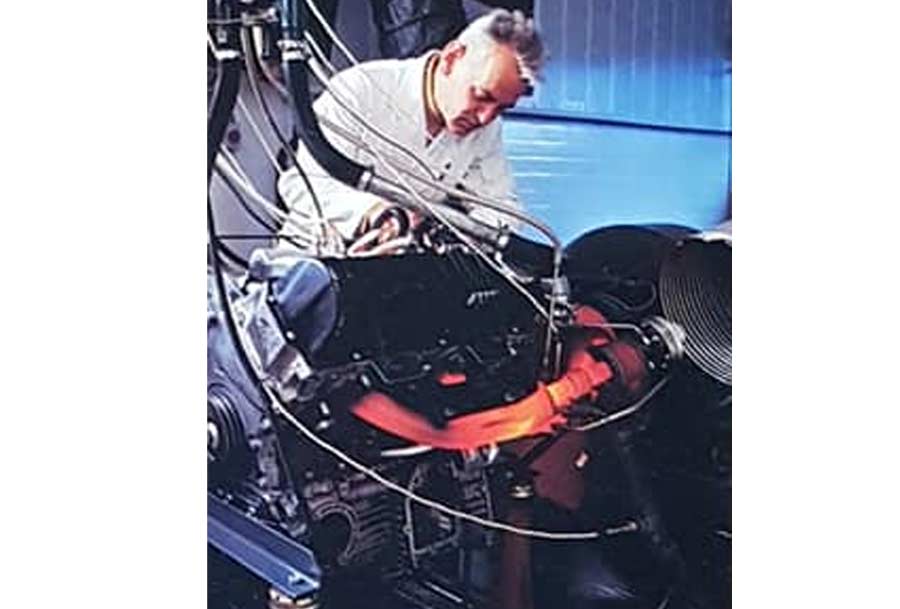
A brief history of turbochargers for vehicles
The turbocharging of engines has been known for many years. The first turbo-charged engine – a diesel engine for stationary applications – appeared during the 1930’s. By the 1950’s, turbo-charging had matured sufficiently to be introduced on trucks and buses. The first turbocharged car was not launched until 1961. The primary aim om the turbocharging of car engines was to attain as high a top speed as possible. The aim on trucks was to raise the tractive effort to a maximum.
The primary goal of the engineering team at Saab Turbo Development Team
The aim in the development of the Saab Turbo was entirely different. The primary goal of the engineering team at Saab was to match the turbocharged engine to (then) presend-day demands for better fuel economy, better environment on the roads by lowering the exhaust gas emission, and reduce nosie. But without compromise on the performance. High performance is obiously important for safe overtaking – and for the joy of driving, which in the ultimate proof of the general quality of the car.
A further goal was to attaina high level of power even at low engine speeds – to improve further the excellent low-speed performance of the convetional fuel injection engine. This aspect is extremely valuable to the everyday motorist. In addition, Saab’s development team considered it important to restrict the weight of the car as far as posssible.
The Saab Turbo represents an entirely new approach in turbocharging
Saab’s many years of development work has resulted in a unique turbocharged engine. The turbocharger og the Saab Turbo runs only when it is needed – such as when accelerating, when overtaking and on uphill gradients. When accelerating in top gear, the surge of power can be experieced at road speed down to 60 km/h. But in lower gears, it obviously starts apprecaibly earlier. Under normal conditions – during 80-85% of the time on the road – the turbocharger is inactive. The engine then runs as the conventional fuel injection engine – at its acknowledged low fuel consumption.
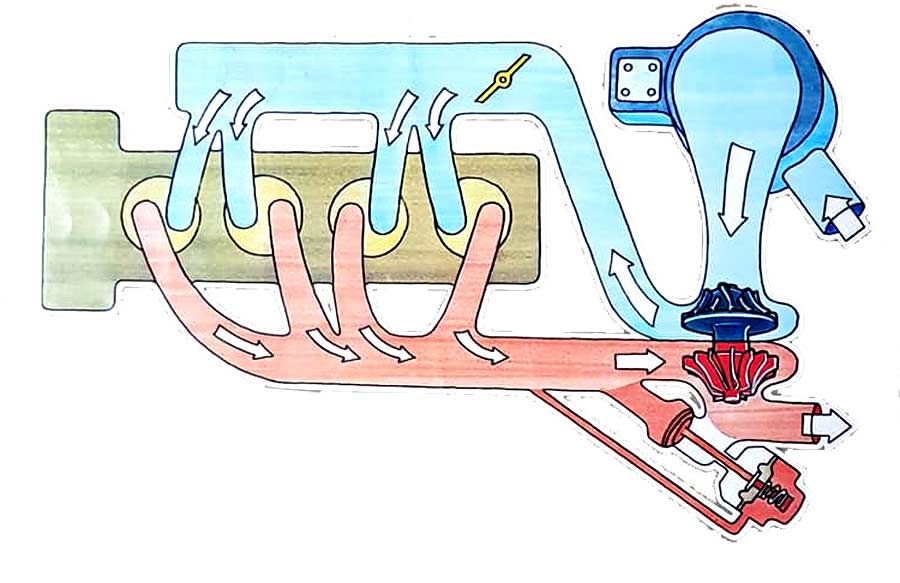
At Saab, engineers have been searching for a long time for new ways for increasing the performance of the conventional fuel injection engine. But they were not prepared to accept the disadvantages of the traditional approach.
If the output of an engine is raised by increasing the number of cylinders or the swept volume, the weight of the engine will increase and the efficiency at part-throttle will be reduced. The fuel consumption of a 6-cylinder or 8-cylinder engine is thus high under all conditions. After all, the additional pistons are always running and consuming fuel, regardless of the actual power demand.
“Tuning” is another common means of increasing the performance of an engine. But tuning usually raises the peak engine speed and thus causes increased wear. A higher compression ratio, optrimised valve timing, etc. improve the peak performance. But the goal of Saab’s engineers at the time was to produce an engine with a high torque at low engine speeds, since this offers an appreciably improved acceleration and is a more sensible approach than increasing the number of cylinders or tuning.
Saab has matched the turbocharged engine to everyday needs – ahead of all other car manufacturers.

